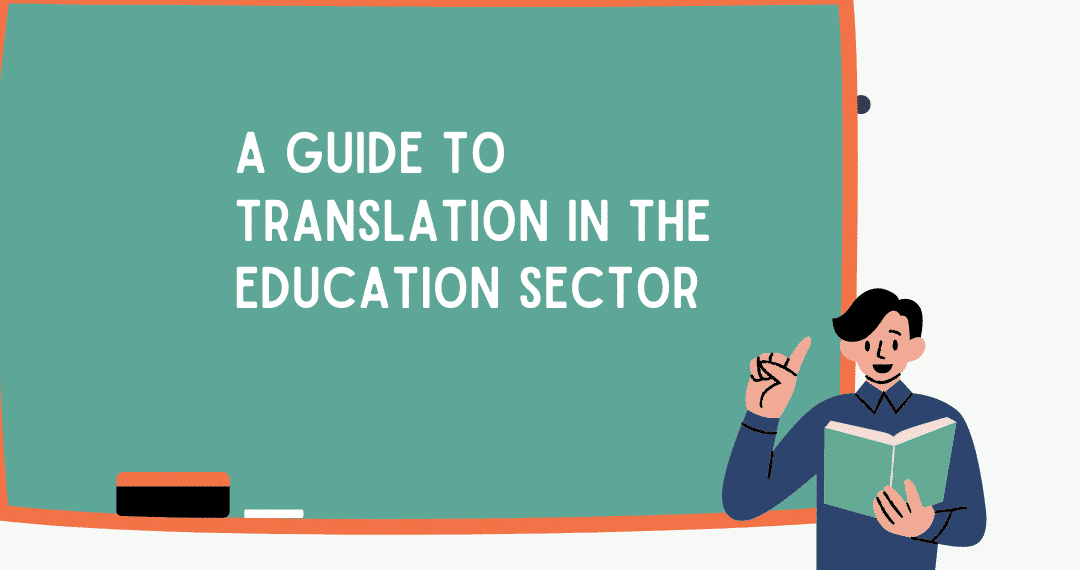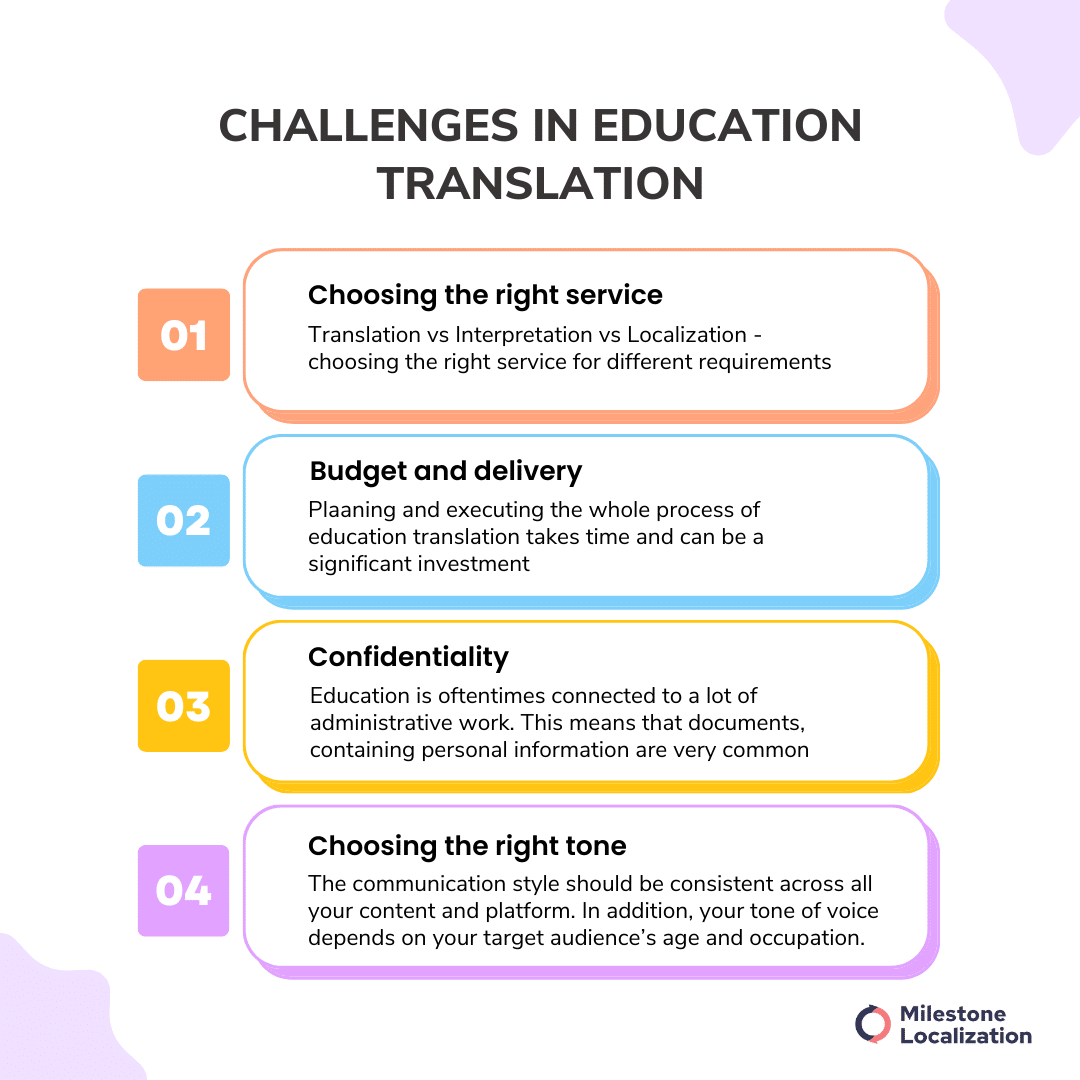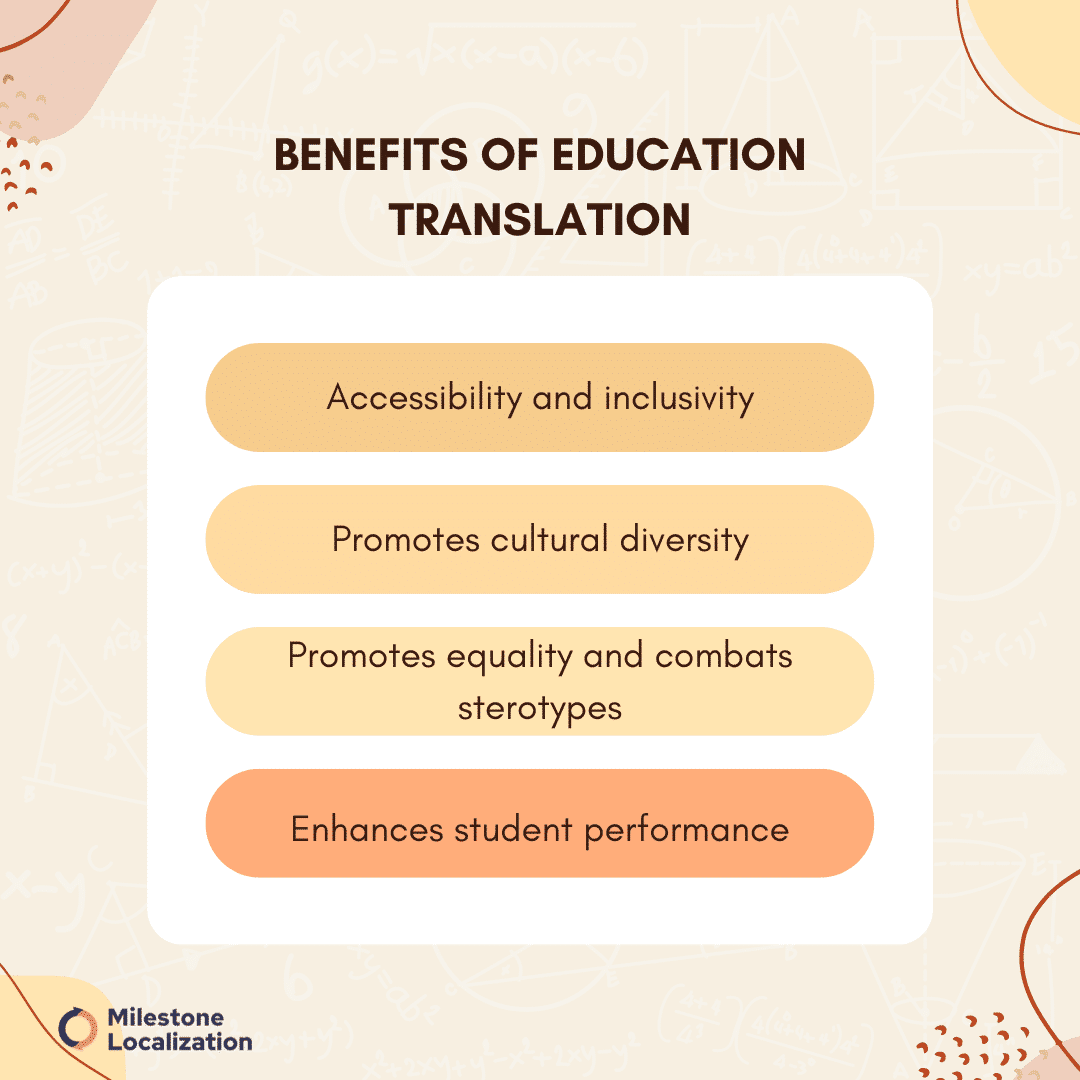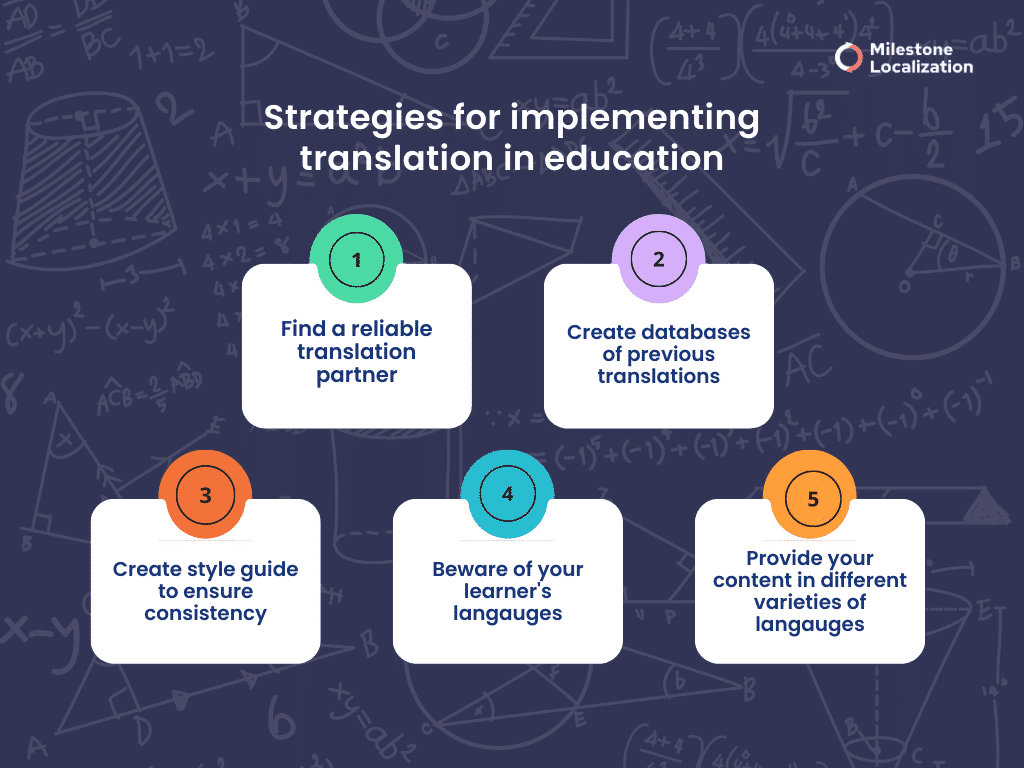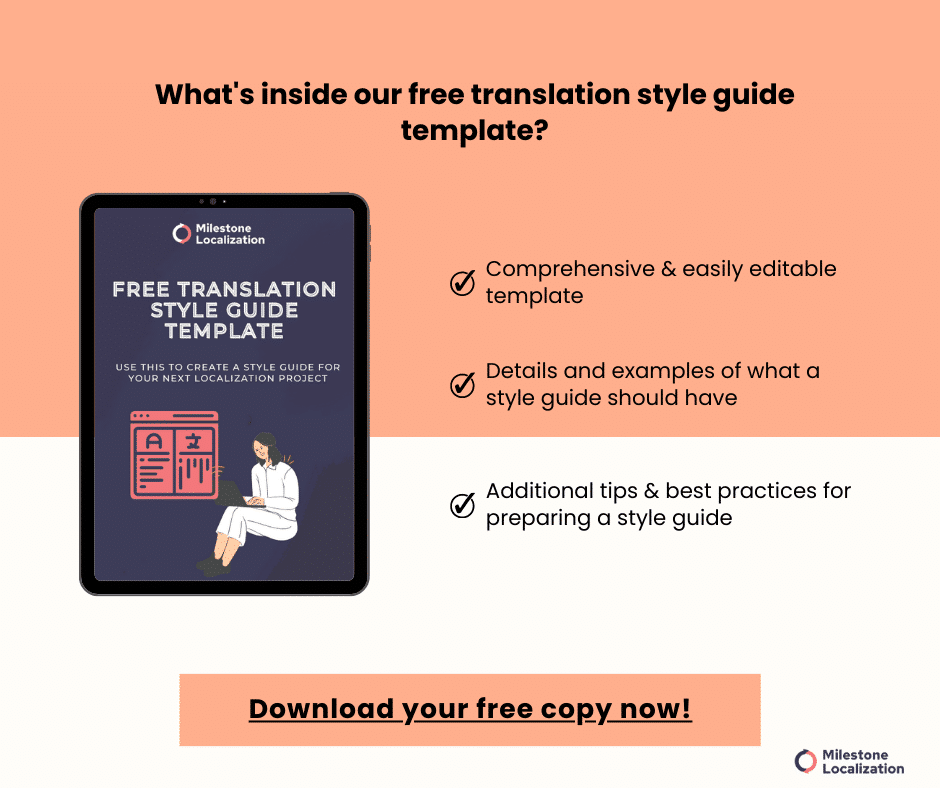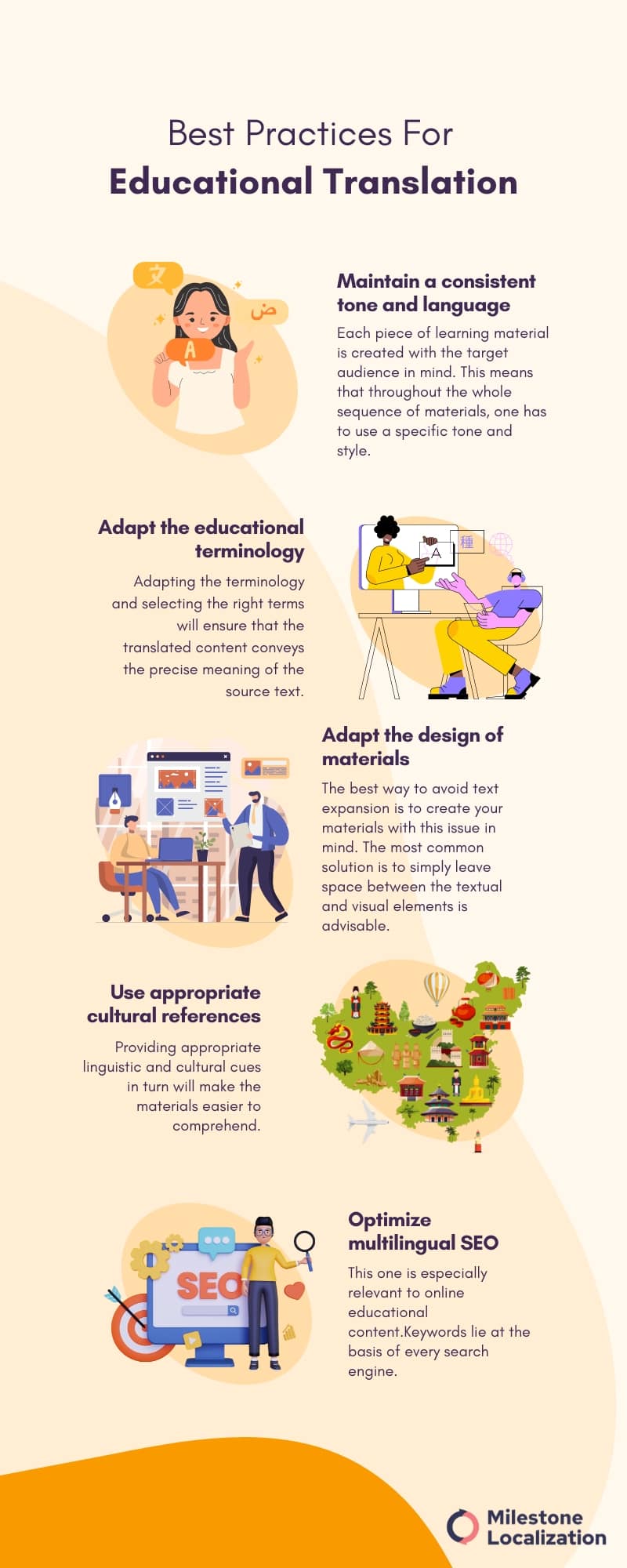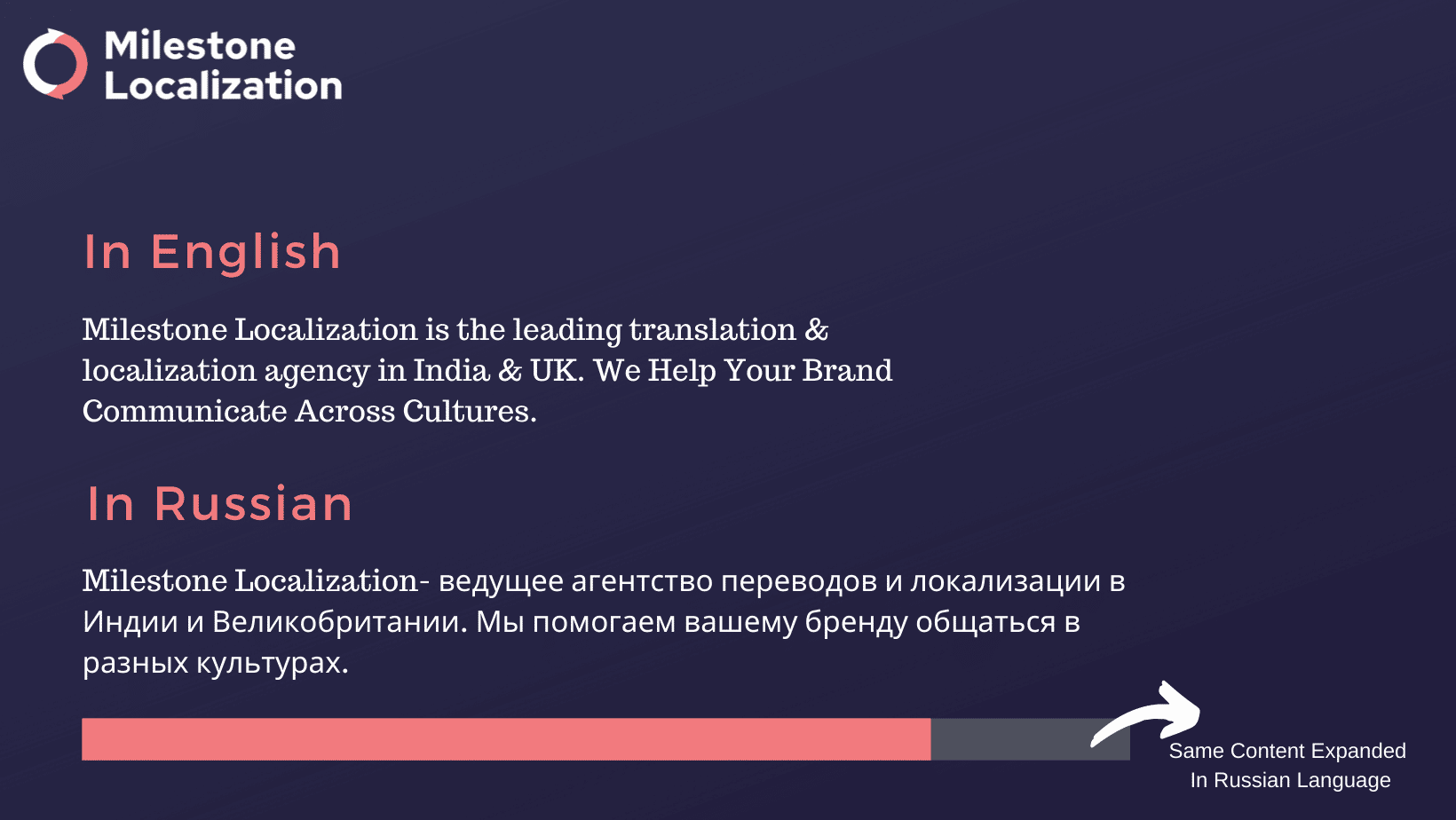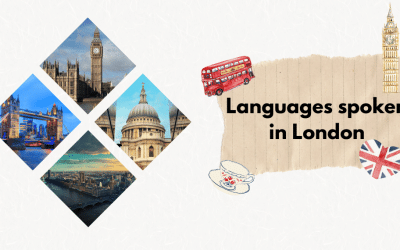The importance of cultural diversity in our interconnected, globalized world is constantly increasing.
As a result, cultural awareness is becoming an important factor when it comes to our personal choices, development, and well-being. Many brands are now offering services and products created with the cultural beliefs of a specific group in mind.
Cultural diversity is omnipresent in the educational sphere as well. Due to globalization, the classroom has become a space that brings people from different backgrounds, languages, and worldviews together.
Furthermore, the internet has made it possible to easily access education, with online courses and universities gaining more and more popularity. Online spaces like these are other intercultural hubs that connect people from all over the world.
However, the quality of education is heavily dependent on the cultural understanding of the students. Providing your students with materials they cannot comprehend due to language barriers or unfamiliar cultural references can hurt their learning performance and motivation.
To further promote diversity and accessibility in education, services such as education translation should become a priority for institutions.
In the following blog, we will look closely into the significance, benefits, challenges, and future of education translation.
Are you looking to translate your educational content?
Milestone helps you seamlessly translate content & localize your study materials, guides, videos, website and more in 70+ languages.
Why is education translation important?
Education translation is the means for providing effective communication between teachers, parents, school administrations, and other stakeholders in a multilingual, educational environment.
While conveying meaning lies at the heart of education translation, it also aims to make the translated content more easily digestible. In other words, cultural aspects are taken into consideration to ensure that the content fully resonates with the reader.
Challenges in providing education translation
Oftentimes schools and other educational institutions give their bilingual employees the task of translating a document to save money. On other occasions, they use online translation engines, such as Google Translate.
While these practices, definitely are money-saving, they cannot guarantee high-quality translations. One might end up with ambiguous, confusing content, which in turn could dismay the students.
Thus, one needs to have a clear understanding of the challenges of education translation to be well-prepared.
Also read: Why should companies localize corporate training?
Translation vs. Interpretation vs Localization
One of the most confusing things when it comes to education translation is the service one needs. Here is a quick overview:
- Translation: the meaning of the text is transferred from a source into a target language
- Interpretation: speech is translated on the spot
- Localization: content, including textual and visual materials, is adapted to the cultural beliefs of the target group
Having in mind these short explanations, you can now pick the service you need.
For instance, if you are a teacher and you want to have your lecture translated as you speak, you will need an interpreter.
If you need to translate a document into another language, you have to look for a translator.
If you want your learning materials or website to better resonate with your international students, you should take advantage of localization services. In this case, a team of specialists will make sure that your content, such as text, visuals, colour schemes, videos, date formats, etc., is adapted to the target culture of your students.
Also read: 11 Elements To Consider For A Successful Localization Strategy
Budget and delivery time
Education translation takes time and can be a significant investment. Planning the whole process is among the biggest challenges.
Therefore, make sure you have a clear idea about:
- The languages you want your content translated in
- The target group(s)
- The budget
- Your expectation
- A possible deadline
Of course, a reliable language service provider will always be willing to sit down with you and discuss all the details of your project.
Once you have your overall plan, make sure you have talked through it with your Language Service Provider. Only in this way can you ensure that all your ideas can be accomplished within your allocated time frame and budget.
Unfortunately, loans are frequently necessary for students to receive a top-notch education. This is especially true in the US, where student loan debt has surpassed $1.73 trillion.
Confidentiality
Education is oftentimes connected to a lot of administrative work. This means that documents, containing personal information, such as names, addresses, phone numbers, health insurance numbers, etc. are very common.
Thus, confidentiality is a must.
Using a bilingual employee as “an in-house translator” or free online translation engines like Google Translate are absolute no-goes when it comes to confidentiality. Professional linguists, on the other hand, use software that offers high security, while the translated documents are kept secure.
Also read: 7 Reasons To Work With A Translation Company On Your Next Project
Choosing the right voice
The right tone of your content is one of the biggest challenges when it comes to translation.
This aspect is, however, often overlooked. Clients are too focused on the budget and delivery time, so they completely forget how they want to address their audience.
The communication style should be consistent across all your content and platform. In addition, your tone of voice depends on your target audience’s age and occupation.
For example, one would use a more formal tone when communicating with parents while a more relaxed, informal style would be suitable for communication with students.
In this regard, a good linguist will make sure that the communication tone is not only consistent but also adapted to the cultural norms of the target audience.
For instance, in German-speaking countries, titles and formal/ informal addressing is of utmost importance. In other countries, such as the US, people have a more relaxed approach.
Types of documents in education translation
In the educational realm, various documents need to/ can be translated. Here is a list of some of the most common ones:
Report Cards are used as means of communication between the teachers/ educational institution and the parents. Translation, in turn, can ensure straightforward communication between all parties.
School Rules and Policies are usually updated regularly and thus, should be translated on regular basis. What’s more, school rules and policies are displayed throughout the whole building, and due to their importance, it is always advisable to have them translated by a professional who can ensure accuracy.
Safety Manuals are another very common document that provides information about safety regulations and policies, as well as general guidelines. Since safety content can save lives, you have to make sure it is accurately and precisely translated, so that it is accessible to everyone.
Student and Parent Handbooks contain important information such as important meeting dates, testing dates, valuable phone numbers and school site information, parenting tips, graduation requirements, policies, etc. Translation can ensure that all the information is accurate and culturally appropriate.
Also read: eLearning Translation: How To Make Learning International
Benefits of education translation
Education translation brings about several benefits, such as:
Accessibility and inclusivity: Providing your learning materials or website content in multiple languages can ensure easy access to all your students, regardless of their native language.
Promoting cultural diversity: We live in a multicultural society, however, we often overlook this diversity.
Educational institutions, on the other hand, can be the driving force, promoting mutual understanding. By providing content in various languages, including specialized programs like MBA degrees, institutions send a clear message: We value and embrace cultural diversity.educational institutions send out a clear message: We appreciate and welcome cultural diversity in our institution!
Promoting equality and combating stereotypes: In our big, diverse world, we all have certain (mis-)conceptions about other nations and cultures. Sadly, certain notions regarding other cultures and languages as inferior or superior are still persistent.
In this regard, educational institutions can utilize translation as a means to equality, showing that every culture is valid and deserves to be cherished.
Enhancing student performance: Translating and localizing your educational content will likely improve your students’ learning abilities.
Providing examples and explanations which closely resonate with their cultural beliefs and worldviews will make the content more easily comprehensible. This, in turn, can be beneficial to their motivation and overall performance.
Also read: Why Video Translation Is Worth It?
Partner with us for your next translation project
We provide high-quality Machine Translation Post Editing services as well as professional human translation services in Chinese, Japanese, Hindi, and 70+ languages.
Strategies for implementing translation in education
Translation projects can be much easier to execute with the right strategy. If you want to reap all the benefits of education translation, make sure you follow these tips.
Find a reliable partner
Translation is usually not limited to a single project. Rather, it’s a process.
For instance, you can start by translating your website’s main page. Gradually, you can translate and localize the rest of the content. Then (or simultaneously) you can translate the learning materials you are using in your sessions.
What’s more, some documents and materials are constantly updated. Thus, with each change, they have to be translated again to ensure that all the information is accurate and featured.
To ensure that the process is smooth and effective, it is best to find a reliable language service provider who can assist you along the way.
In addition, by utilizing translation memories, the overall costs of the translations can be reduced in the long term. Terminology databases and style guides, at the same time, can ensure consistency across all translated content.
Also read: Top 8 Website Localization Companies
Create databases of previous translations
If you have translated content in the past, make sure you create a file with all translations in one place.
In this way, when you start discussing your project with your LSP, you can provide them with examples. Based on these, they can create style guides, terminology bases, and other resources that can facilitate a more effective translation process.
What’s more, it can even reduce the costs of the translations as well as the delivery time!
Of course, once you acquire more translated content, you have to keep adding it to the database.
Create style guide
Consistency is key for quality translation, especially if you want different types of content translated.
For instance, if you want to provide your international students with multilingual content on your website as well as multilingual learning materials, style guides can help you achieve consistency across all materials.
A style guide contains aspects, such as colour scheme, fonts, and sizes, but also can include information related to ways to address your audience, the terminology used, writing style, tone of voice, etc.
Also read: Use Of Checklist In Translation Projects (Editable template included)
Beware of your learners’ languages
When choosing the languages you want to translate your content into, it is best to turn to your students and look into their languages.
For instance, if a lot of Mandarin Chinese speakers watch your videos or come to your lectures, you might as well translate your materials into their native language.
Provide varieties
It is oftentimes overlooked that a single language can have a few varieties. For example, Austrian-German and German-German are two varieties of German languages. As such, there are certain, and in some cases considerable differences, in vocabulary or grammar.
If you want to provide your learners with the best user experience ever, make sure you have your content in their variety.
Providing your content in different varieties of language is not a must. Nevertheless, it is a nice touch and a kind gesture to your learners which will unlikely remain unnoticed.
Also read: German vs Polish : How Different Are These Two Languages
Best practices for educational translation
Maintain a consistent tone and language
Each piece of learning material is created with the target audience in mind. This means that throughout the whole sequence of materials, one has to use a specific tone and style. At the same time, one needs to make sure that the use of language, or more precisely, the terminology, is consistent.
In this way, learning can be much more enjoyable since students can have the same reference base when it comes to terminology and style.
All in all, it is essential to work with a LSP who is well-experienced in the process of education translation. Providing and maintaining a translation memory and terminology database can ensure consistency across all materials and platforms.
Also read: Translation Memory : Everything You Need To Know
Adapt the educational terminology
The terminology might vary considerably depending on the country and the local educational system. Adapting the terminology and selecting the right terms will ensure that the translated content conveys the precise meaning of the source text.
Sometimes, certain terms might not have direct equivalents in the target language. In this case, the translator needs to find a way to convey the meaning of the source text. A possible option is to add complementary explanations to fill in the gaps, or they might invent a new term to denote this concept.
In any case, a well-experienced, professional translator will be able to find the best solution to provide a quality end translation.
Adapt the design of your materials
One of the biggest problems in translation is text expansion, which occurs when the translation is longer than the source text. This usually happens when translating texts from English into German or Russian.
The best way to avoid text expansion is to create your materials with this issue in mind. The most common solution is to simply leave space between the textual and visual elements is advisable.
If you have already created your materials, and you are now faced with text expansion, however, you have no other choice, but to adapt your design, so that it looks nice and neat.
Use appropriate cultural references
Cultural references are very common in educational materials. We all have a culturally dependent notion regarding certain practices or beliefs. Providing appropriate linguistic and cultural cues in turn will make the materials easier to comprehend.
Localization is a great service that can help you adapt your materials to the cultural systems of your learners. Localization takes into consideration aspects, such as:
- Colors
- Graphics
- Visual and video materials
- Layout
- Dates
- Figures and numbers
- Street names
- Company names and logos
- Currency
Optimize multilingual SEO
This one is especially relevant to online educational content. Keywords lie at the basis of every search engine.
This means that if you want your content to appear higher in the search results in various languages, you have to consider multilingual SEO optimization.
Multilingual SEO optimization is a process whereby keywords are translated and optimized for certain languages and regions.
In this way, your content will appear on top of the searches even if it is not (yet) translated.
Also read: Multilingual SEO : Importance, Benefits & The Process
Future of education translation
Education translation has allowed for a more accommodating on-site and online learning process for international students.
Interpretation services are great to overcome the language barrier in real-time. Translation and localization can bring textual and visual content closer to the student, resonating with their cultural norms and beliefs.
Indeed, education translation brings about many benefits which make the learning process more enjoyable and effective. But most importantly, education translation brings people from different linguistic and cultural backgrounds closer together.
In the educational system, providing content in various languages is a sign of equality, mutual understanding, and consideration. In our increasingly cosmopolitan society, we need to promote and enhance such values.
Education translation is and will be the best means to achieve that.
The future of education translation, in this regard, is bright and this is unlikely to change. As long as different cultures and languages exist, education translation will continue to provide solutions for a more efficient and cordial learning atmosphere.
Also read: Top 10 Translation Companies In India : How To Choose The Right One
Conclusion
In the case of education, translating and localizing your materials can aid your students in their learning process, resulting in better performance and increased motivation.
Partner with us for your translation project
We provide high-quality Machine Translation Post Editing services as well as professional human translation services in Chinese, Japanese, Hindi, and 70+ languages.

